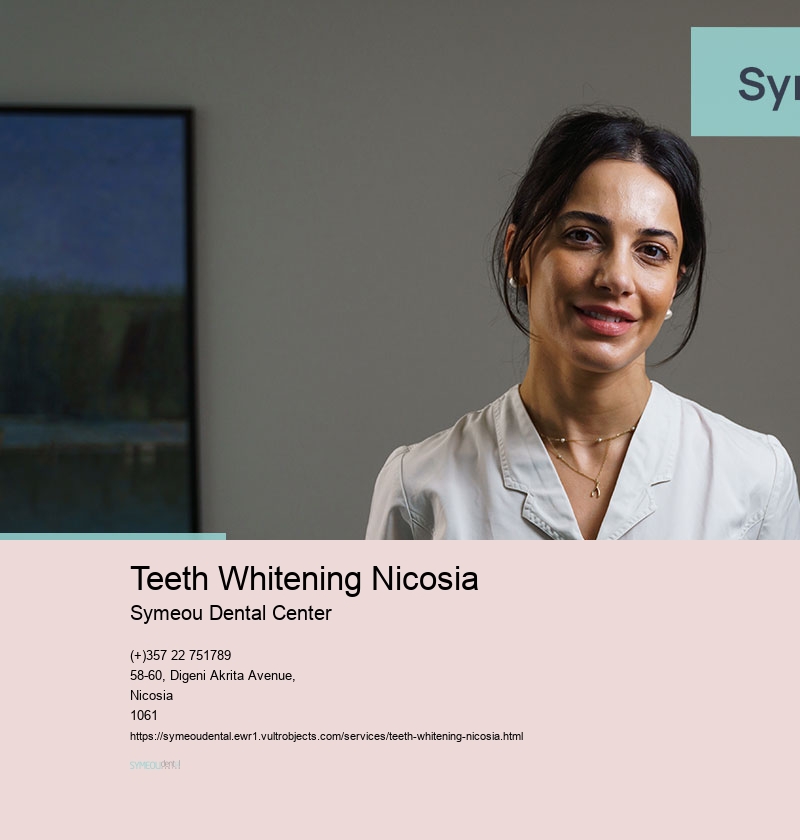Teeth Whitening Nicosia
Maintaining Your Bright Smile: Post-Whitening Care Tips
Tooth bleaching is a common aesthetic treatment which can considerably enhance the appearance of your teeth by get rid of blemishes and yellowing. However, keeping the brilliant, white grin requires meticulous attention and focus to your daily customs, particularly in the days and following months after the procedure. The foods and beverages you consume can have a deep impact on the long-term of your bleaching results. Deep-colored drinks like coffee, black tea, wine, and sodas are notorious for staining teeth, even following a professional bleaching appointment. To reduce the risk of re-staining, it’s wise to limit or avoid these beverages entirely or to use a drinking straw to lower contact with your dentition.Furthermore, washing your teeth with H2O just after taking in stain-causing edibles or liquids can assist avoid yellowing. Beyond nutritional factors, maintaining proper oral hygiene is vital for maintaining your whitening outcomes.
Cleaning two times a day with a bleaching toothpaste can assist remove stains on the surface before they have a chance to stick. Using dental floss regularly is just as important, as it eliminates buildup and food particles from between your teeth, areas that are often skipped by cleaning alone. Routine dental check-ups and scalings will not only maintain your teeth and gums healthy but also guarantee that your bleaching results are long-lasting. Your oral care provider may advise follow-up treatments or home-based bleaching products to keep your bright smile over time. By paying attention to your food choices, practicing excellent oral hygiene, and staying in touch with your dental professional, you can enjoy a bright grin for many months after your whitening procedure.
